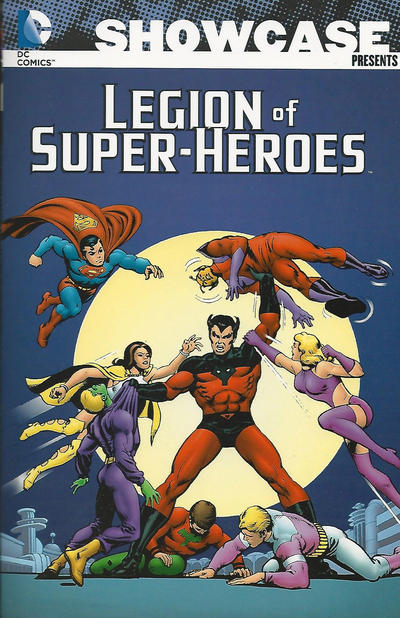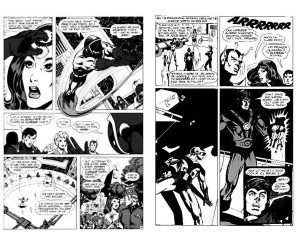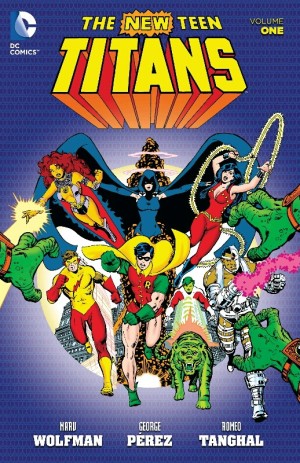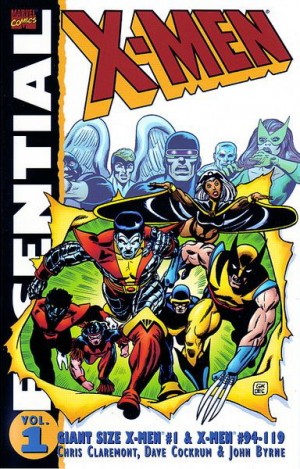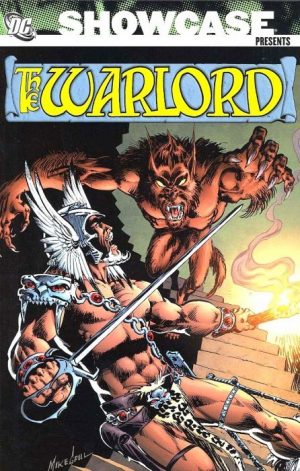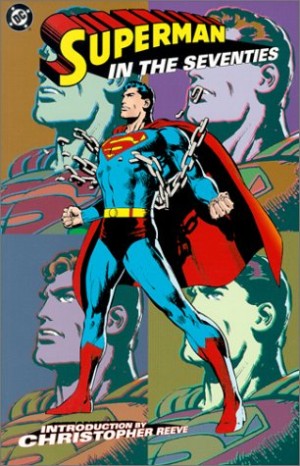Review by Frank Plowright
This final black and white reprint volume of Legion of Super-Heroes is quite the leap back to popularity, beginning with the team as occasional back-up feature for Superboy in 1973, and ending in 1976 when they’ve long evicted him from his own title.
While other creators are involved, the key figure is artist Dave Cockrum. His earliest stories ended Vol. 4, but it’s with the first third of this collection that the Legion’s popularity was restored. He cared enough to look at the outmoded costumes and trappings and redesign them to look modern. They’ve dated since, and the new clothing he supplied for the female members sometimes falls well short of the objectification test, but in 1973 it changed the Legion from a bunch of kids who looked like their parents had dressed them up to credible teenagers. Cockrum’s pages also have a storytelling dynamism not matched by subsequent artists, and the effort he puts in is astounding. His peak is a spread featuring every single Legionnaire and all their friends and allies. At a time when artwork wasn’t returned to artists he asked for this spread back. DC refused on principle and Cockrum decamped to Marvel to co-create the revived X-Men. Was any lesson learned? Probably not.
The two writers provide a study in contrasts. Both Cary Bates and Jim Shooter recognise there’s no including every team member in outings sometimes restricted to eight pages, so both use smaller groups of characters, in Bates’ case even when it contradicts the story logic. He’s a quirky writer, some of his stories reliant on ridiculous moments, yet also deft at perpetuating mystery and danger and able to surprise by presenting stories starring dead characters. Shooter, returning to the series he defined in the late 1960s, is far more straightforward, and rather than using classic villains, most of which he created, he conceives new characters.
Mike Grell draws the remainder, and even allowing for him being a novice artist his acquaintance with human anatomy is cursory. When his characters are standing they’re fine, but in any other pose they’re distorted reflections of humanity. What he has going for him at the start is an ability to mimic the dynamic layouts of the era’s biggest artistic influence, Neal Adams. However, the effort put into his earliest strips diminishes, and backgrounds disappear.
Published interviews with the creators of the era note editor Murray Boltinoff as a man who refused to include dark skinned members for fear of offending the audience, a fear more likely in his own mind than the very tolerant and enthusiastic Legion fans. When Tyroc is finally introduced toward the end of this selection he’s a caricature. He’s realistically drawn by Grell, but in a preposterous costume unfortunately involving chains, given a daft power, and representing a segregated community. The intentions might have been good, but the actuality is woeful.
Emotional realism is no strong point elsewhere either, but the better stories still crackle with inventive energy dragging readers through their mysteries. Beware, though, some are silly. In hardcover they’re found in Legion of Super-Heroes Archives Volume 10 and Volume 11, with a few in Volume 12.
